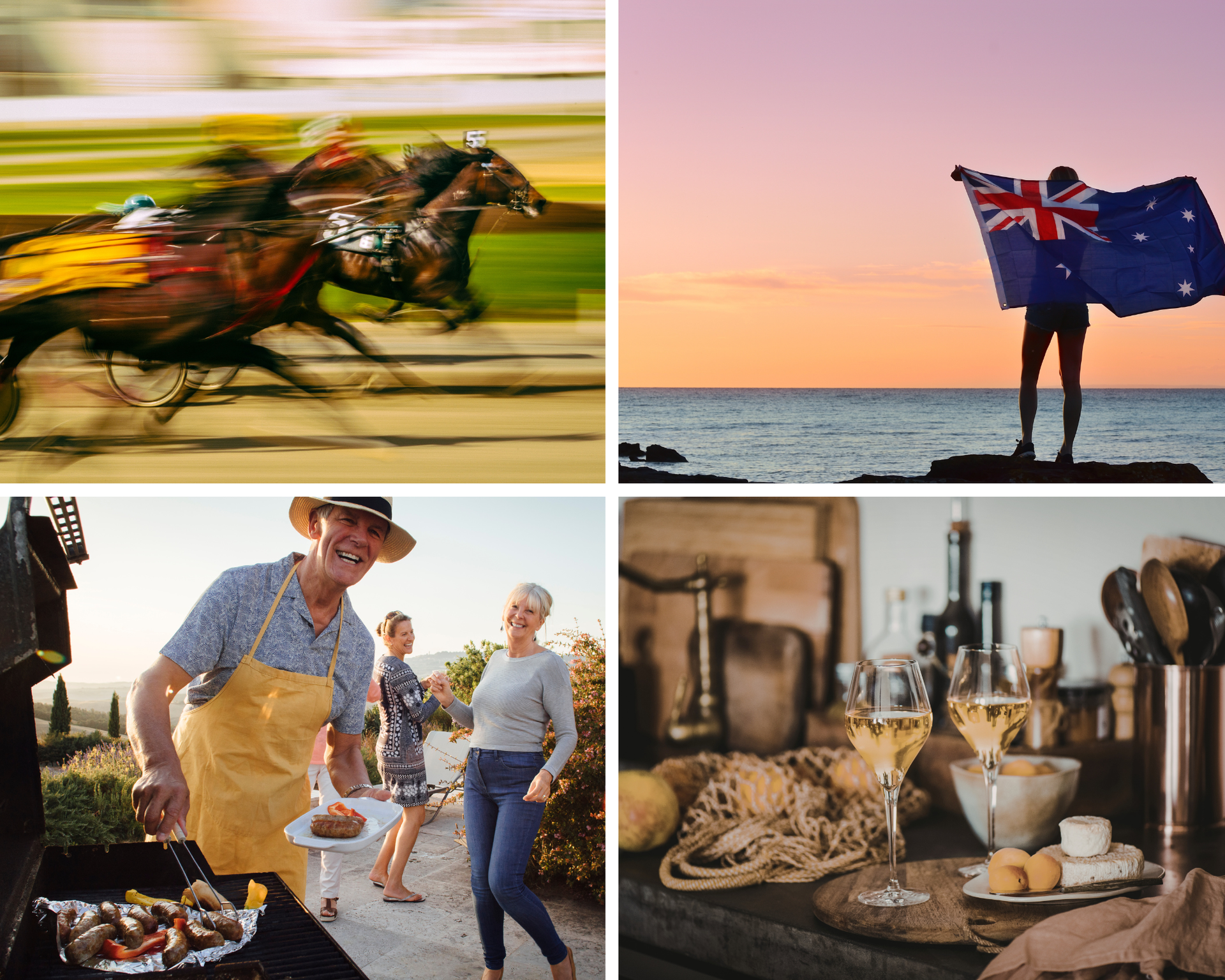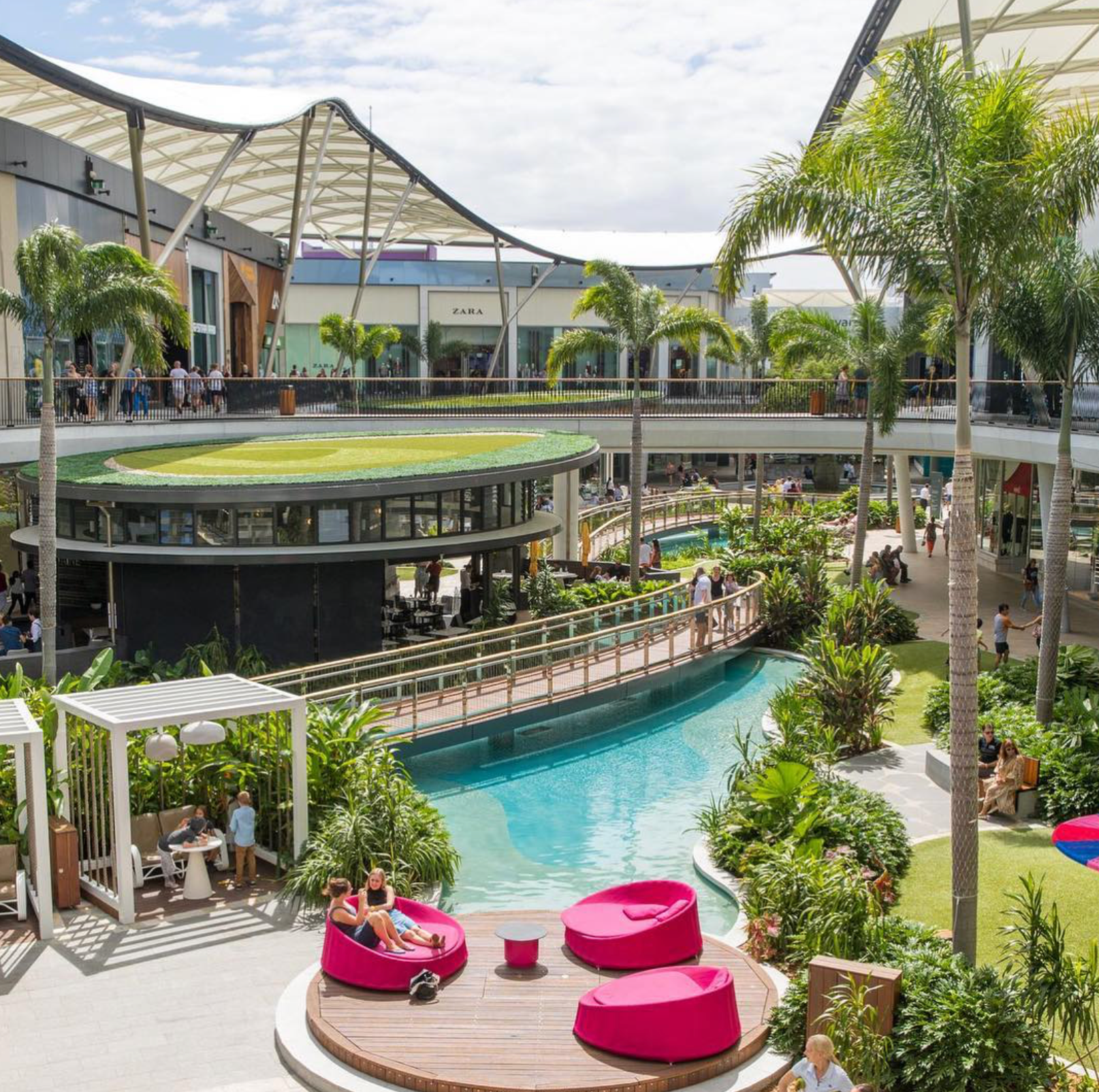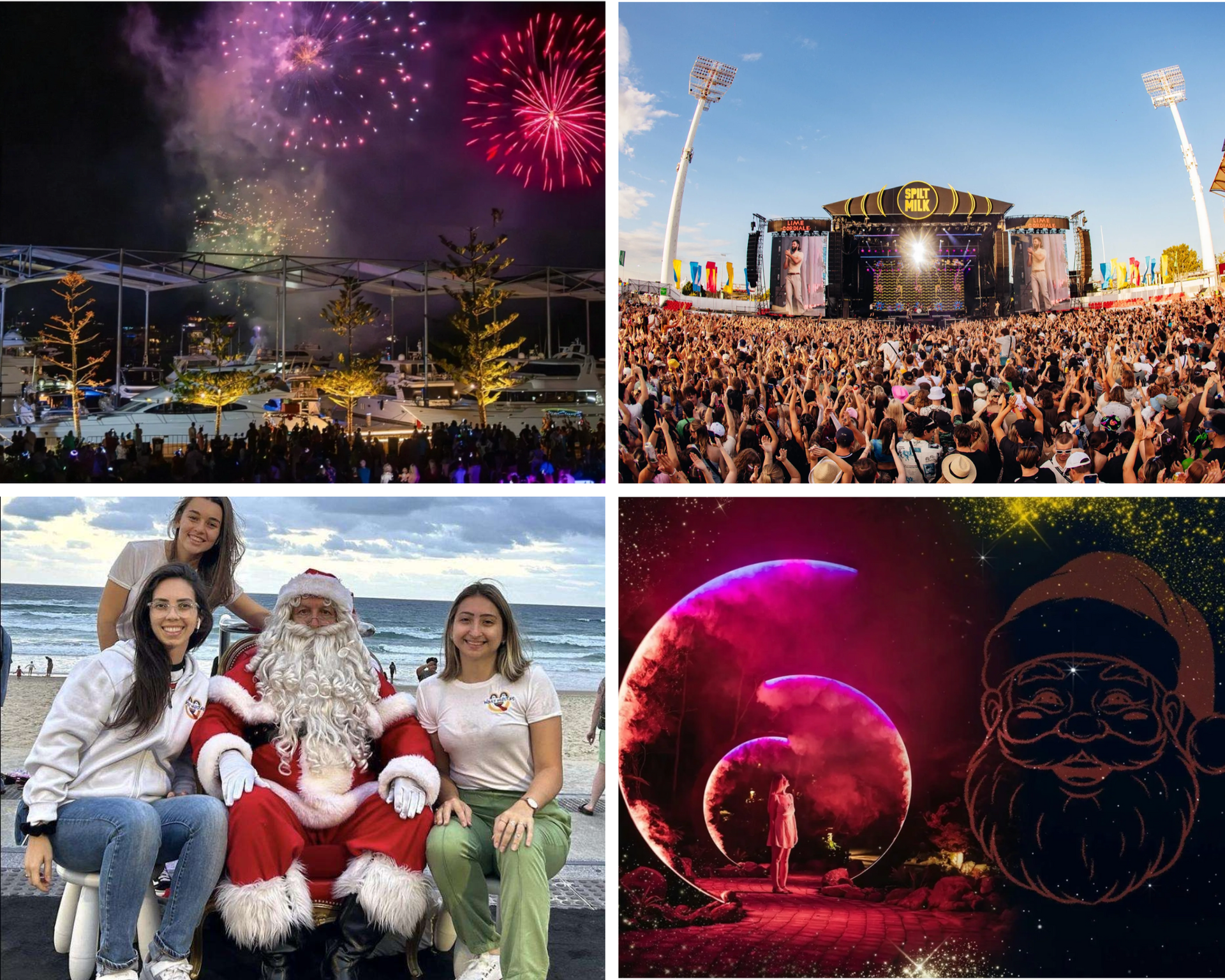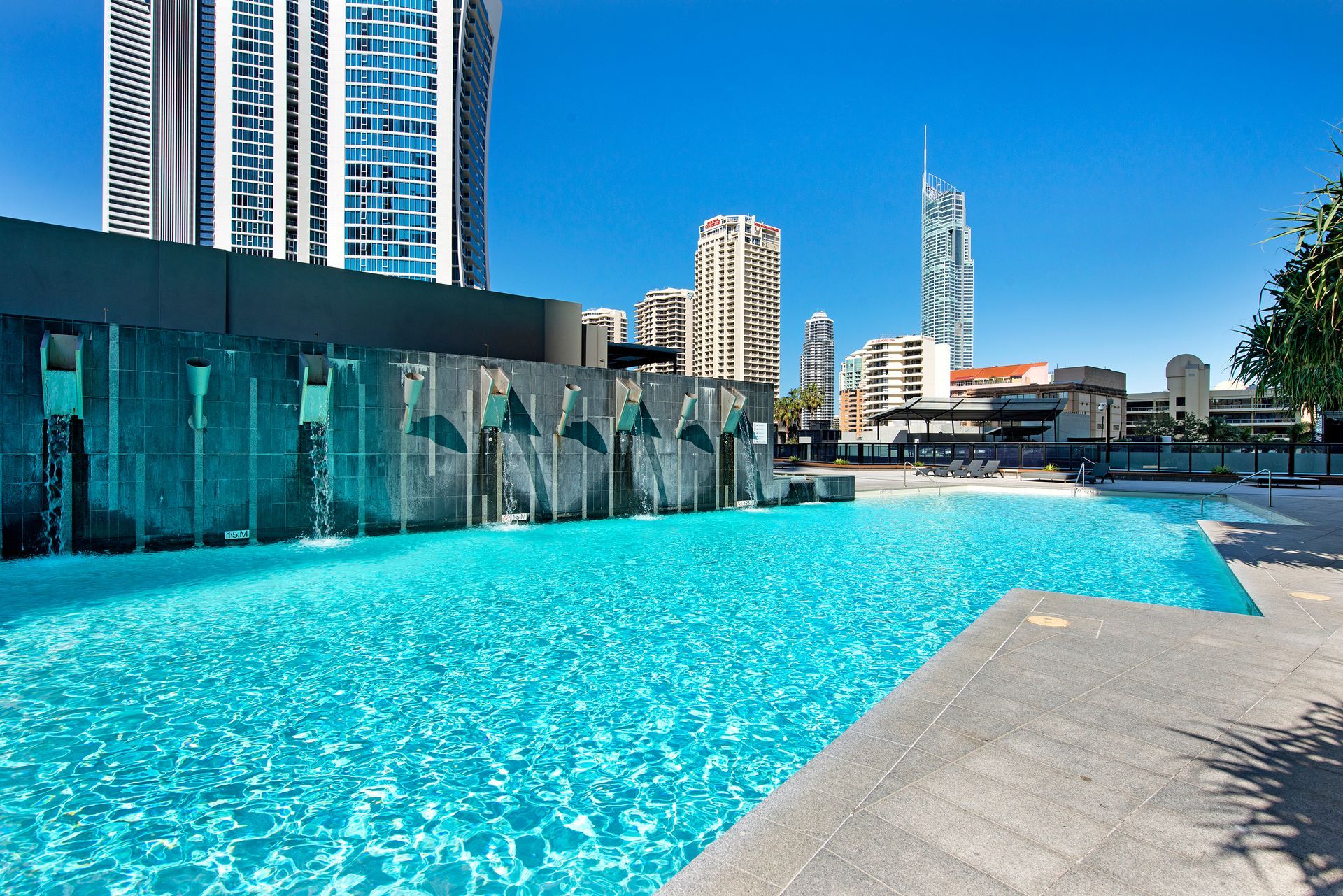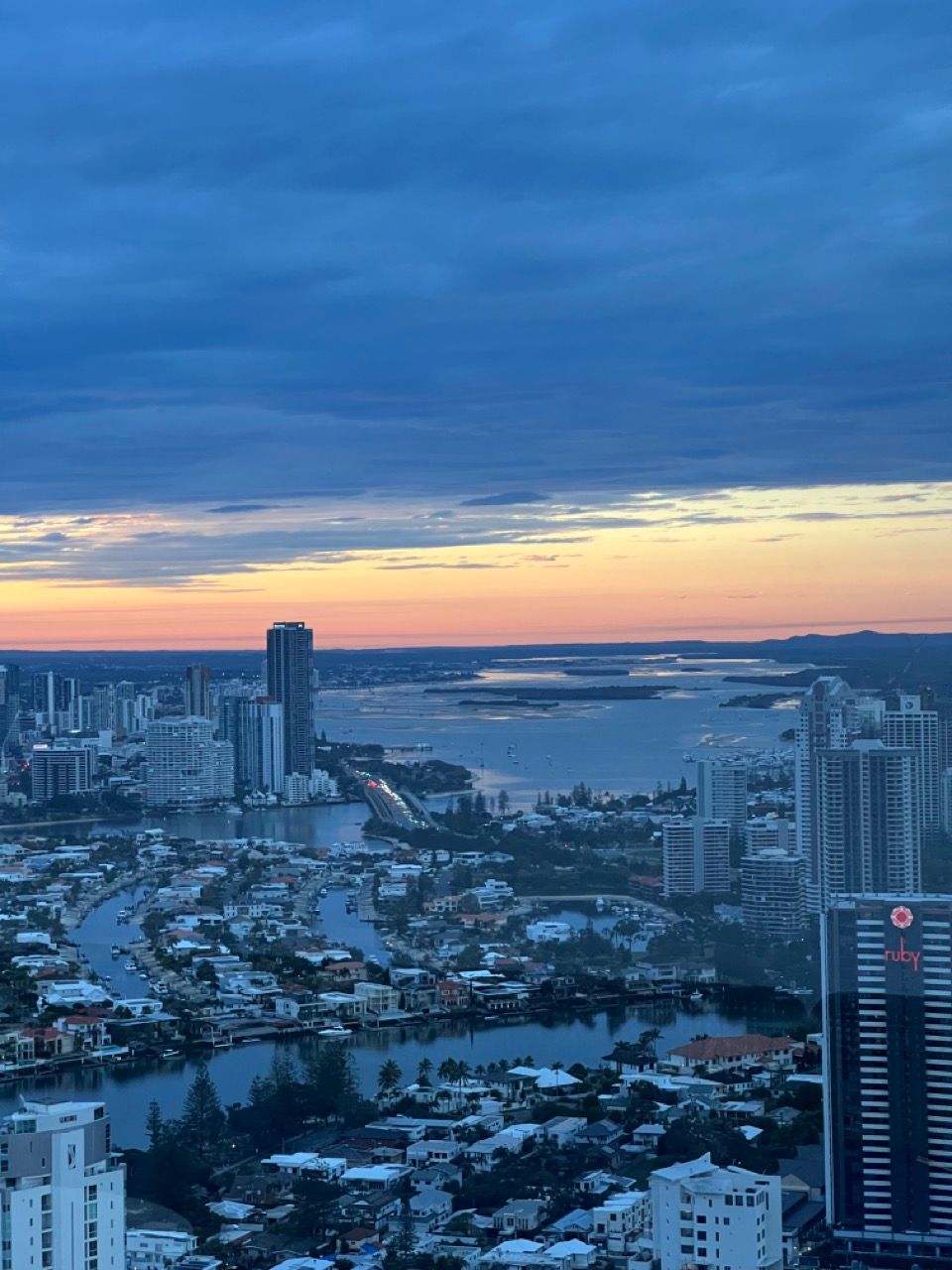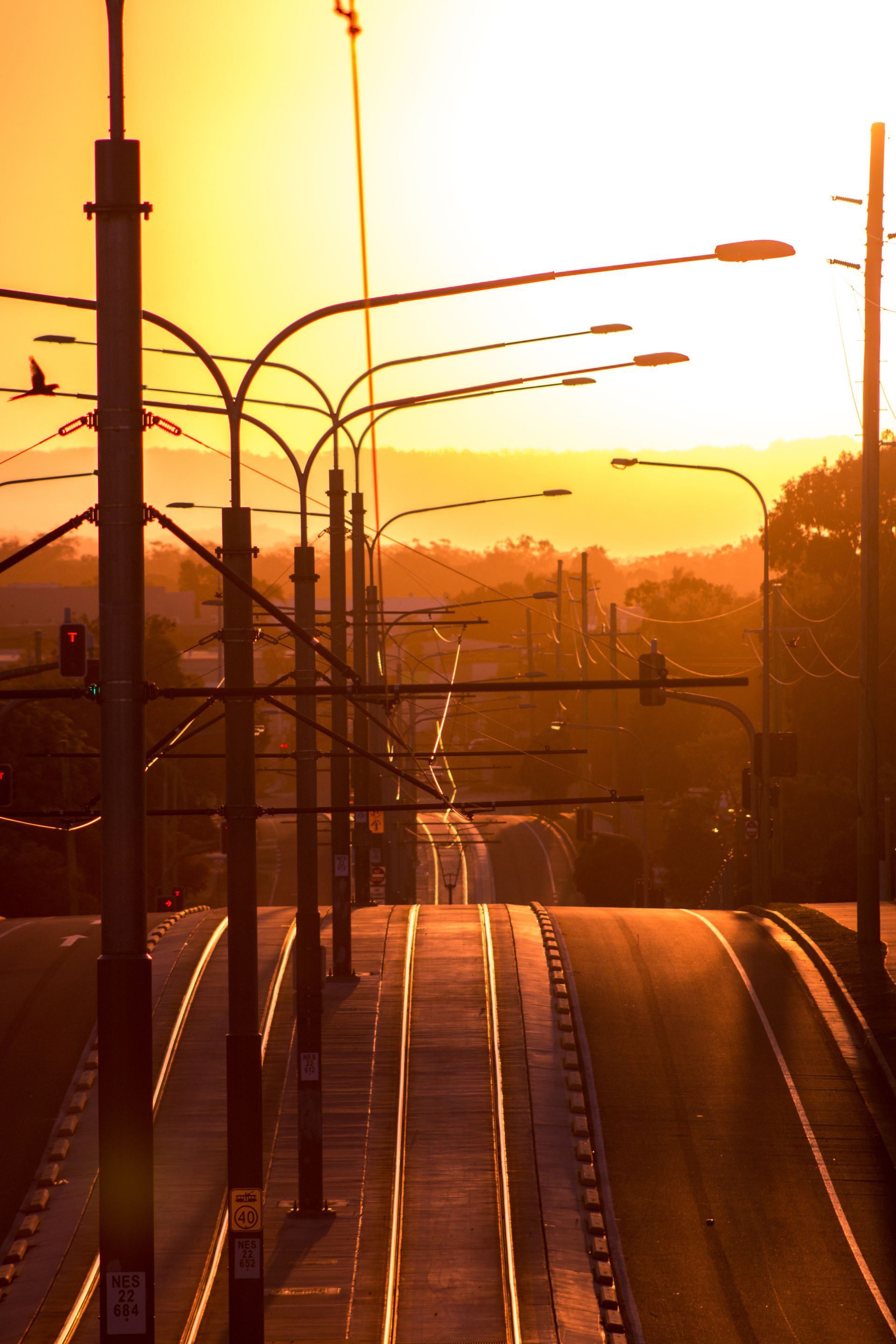By Sophie B
•
December 8, 2025
If you need your retail therapy fix, the Gold Coast is the place to be. From ultra famous malls and markets, to beachside boutiques and vintage stores - there is something for every type of shopper. Think of this guide as your new money spending bestie, full of all the hidden gems and local favourite boutiques just waiting to be explored. Whether you're after a full day mall mission or a slow morning browse, I’ve rounded up all my favourite spots... Famous Gold Coast Shopping Centres Pacific Fair (Broadbeach) The one and only. If someone says they’re ‘going shopping on the Gold Coast ’, 9 times out of 10 they’re probably going to Pacific Fair. Think over 400 stores, a massive movie theatre, casual and fine dining, and every brand you can imagine. You’ll find Mecca, Sephora, Zara, H&M, Uniqlo, Culture Kings, Homebodii, designer labels, department stores, and so many boutiques. You will need to clear a full day in your schedule to make the most out of the experience. Robina Town Centre (Robina) A little more chilled but still packed with everything. I choose Robina when I want a big mall without the chaos. There’s endless restaurants, a food court, David Jones, Mecca, Sephora, Apple , plus all the big-name brands. Super easy to navigate and heaps of parking. It’s also home to my favourite movie theatre, and has a row of great restaurants along the man made lake. If you are a gamer, or nostalgic for the old times, be sure to check out Super Retro games. Harbour Town Premium Outlets (Biggera Waters) If you are a bargain hunter, add this stop to your list. With over 220 outlet stores, Harbour Town is home to discounted designer labels, sportswear, sunglasses, homewares and everything in between. It’s a bit of drive to get to, but the best spot for outlet shopping on the Gold Coast. For Boutiques, Vintage Stores & Slow Shopping... Burleigh Heads If you prefer slow mornings and plenty of coffee breaks while you browse, Burleigh will be your destination of choice. Take your time to explore James street and surroundings - it’s a hub of boutiques, cafés and restaurants. You’ll find Emte, Bird on a Wire, Kivari, Freedom Store, St Harlowe, Maison & Maison and plenty of other unique finds. If you’re making a day of it, break for lunch at Local or treat yourself to post shopping cocktails at the Burleigh Pav . Palm Beach Palm Beach is the place to shop for the vintage lovers and those who like putting in the work for those unique finds. You’ll find Billy Bones Club, Bonita Boutique, White Bohemian, Hand on My Heart , plus lots of great second hand stores hidden between cafés and restaurants. Coolangatta Coolangatta has more of a relaxed, old school beach vibe and its shops reflect the pace. At The Strand and surrounding streets you’ll find plenty of op shops and tropical boutiques like Beach and Beyond , Things We Love, Olive and Vern and Saba Lifestyle . There is the iconic Boardriders Surf Store , and a handful of surf clubs for quick lunch or happy hour post shop. Don’t forget to stop in at Kirra while you are down that end of town, home to boho heaven Gypsy and the Muse Boutique. For the Homewares Hunters Warning: The Gold Coast is dangerous if you love homewares and knick knacks. You may need to add on some extra checked in baggage just to get everything home. Cotton Living (Kirra) A coastal chic homewares store with its own French coffee patisserie? Say less. Maison & Maison (Burleigh) One for the boho lovers - think Moroccan rugs, jewellery, cushions, candles and more. St Barts (Burleigh Heads) It can be tricky to find as it’s hidden in Burleigh’s warehouse district, but it is worth the visit. Unique homewares, décor, furniture, plus a cute terrace café and interior styling services. Kira & Kira (Burleigh Heads) Hidden halfway down a side street, it’s a must visit if you love architectural, earthy styled pieces and artwork. Bridal Shopping on the Gold Coast The GC is often overlooked for Bridal shopping trips, but we are home to some of Australia’s most well known designers and accessories labels. If you are hoping to ‘say yes to the dress’ while on holiday, be sure to check out: Grace Loves Lace (Burleigh Heads) Made With Love Bridal (Burleigh Heads) The Bridal Lounge (Southport) Homebodii (Pacific Fair) With enough recommendations to put a solid dent in your credit card, we hope you have found a new favourite and enjoy your time exploring the Gold Coast!
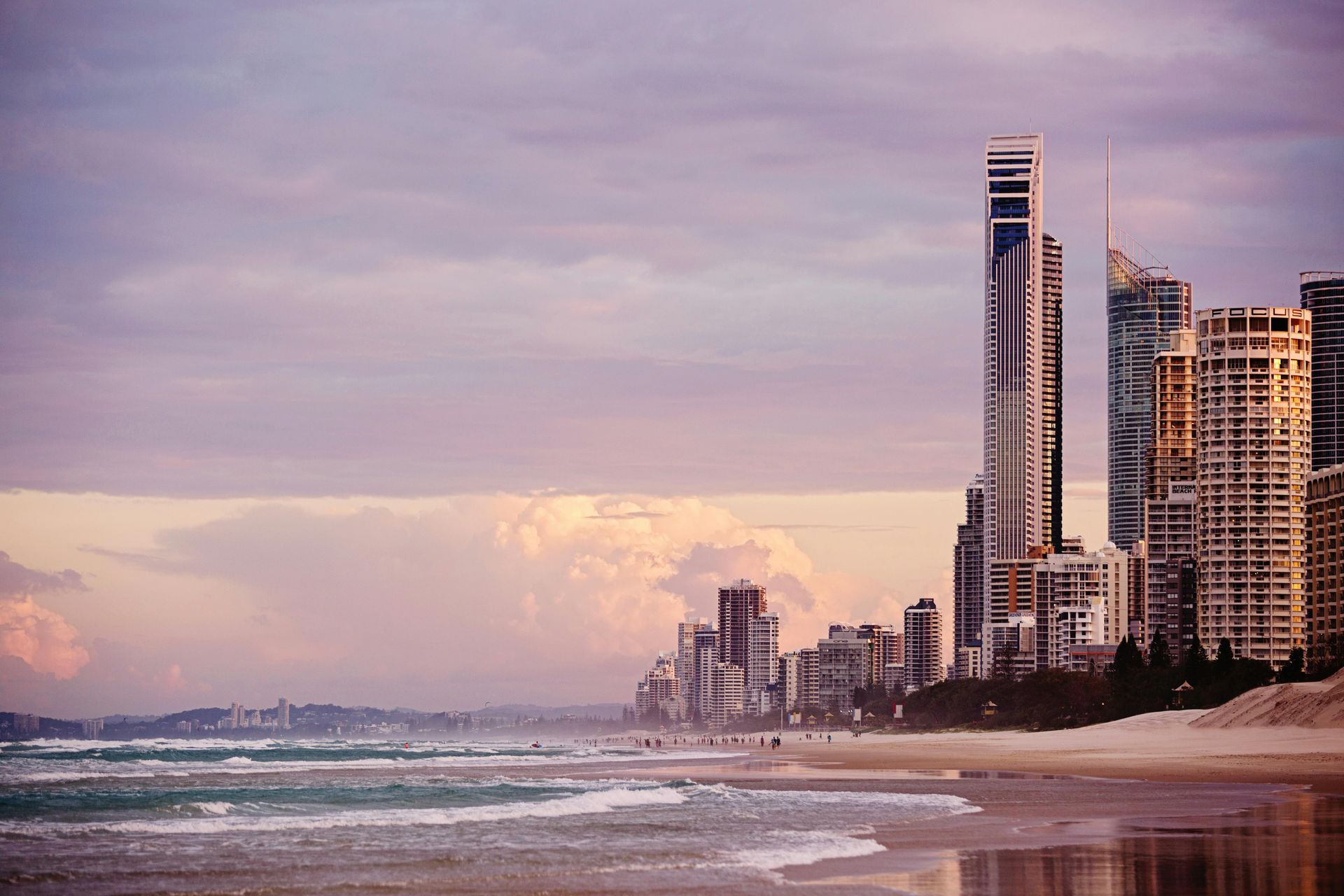 Image by alexeyzhilkin on Freepik" id="1762188578">
Image by alexeyzhilkin on Freepik" id="1762188578">
